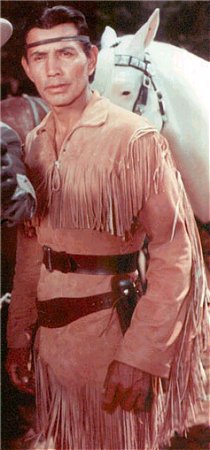2. Take get extra points for using the terms “brave,” “maiden,” and “papoose,” instead of “man,” “woman,” and “baby.” Don’t bother with “squaw.” It’s controversial. Also take extra points for the number of times you refer to Indian eyes and hair as “dark” or “black.” And remember: Almost all of your male characters should be referred to as “warriors,” whether or not they have ever seen battle.
3. Never, ever have your Indian characters use contractions. Indians did not do that. And, whenever possible, make sure your Indians eschew articles, conjunctions, adverbs. The clunkier the dialogue, the more authentically Indian it will appear. And if you want to create really authentic Indian speech, think Tonto.


3 comments:
This is a joke right?
Yes, you could call it a joke. It's a satire.
It's sorta hard to tell for me anymore sadly, having been through screenplay workshops that sometimes teach rules that sound as ridiculous as these.
Post a Comment